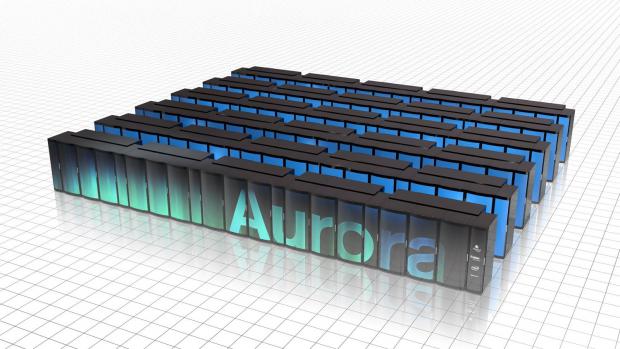
Breaking News
 Harbor Freight Coverpro 12x20 made into a Metal Building part 2
Harbor Freight Coverpro 12x20 made into a Metal Building part 2
 Brian Cole BUSTED, Halle Berry NUKES Newsom + Candace REJECTS TPUSA Challenge...
Brian Cole BUSTED, Halle Berry NUKES Newsom + Candace REJECTS TPUSA Challenge...
 I spent my Thanksgiving in the emergency rom... Medical emergencies can pop up at any time.
I spent my Thanksgiving in the emergency rom... Medical emergencies can pop up at any time.
 The "Golden Age" of Job Layoffs?
The "Golden Age" of Job Layoffs?
Top Tech News
 Build a Greenhouse HEATER that Lasts 10-15 DAYS!
Build a Greenhouse HEATER that Lasts 10-15 DAYS!
 Look at the genius idea he came up with using this tank that nobody wanted
Look at the genius idea he came up with using this tank that nobody wanted
 Latest Comet 3I Atlas Anomolies Like the Impossible 600,000 Mile Long Sunward Tail
Latest Comet 3I Atlas Anomolies Like the Impossible 600,000 Mile Long Sunward Tail
 Tesla Just Opened Its Biggest Supercharger Station Ever--And It's Powered By Solar And Batteries
Tesla Just Opened Its Biggest Supercharger Station Ever--And It's Powered By Solar And Batteries
 Your body already knows how to regrow limbs. We just haven't figured out how to turn it on yet.
Your body already knows how to regrow limbs. We just haven't figured out how to turn it on yet.
 We've wiretapped the gut-brain hotline to decode signals driving disease
We've wiretapped the gut-brain hotline to decode signals driving disease
 3D-printable concrete alternative hardens in three days, not four weeks
3D-printable concrete alternative hardens in three days, not four weeks
 Could satellite-beaming planes and airships make SpaceX's Starlink obsolete?
Could satellite-beaming planes and airships make SpaceX's Starlink obsolete?
Argonne National Lab Polaris Pre-Exascale Supercomputer

U.S. Department of Energy's Argonne National Laboratory and Hewlett Packard Enterprise (NYSE: HPE) unveiled a new testbed supercomputer to prepare critical workloads for future exascale systems that will deliver up to four times faster performance than Argonne's current supercomputers.
Polaris will enable scientists and developers to test and optimize software codes and applications to tackle a range of artificial intelligence (AI), engineering and scientific projects planned for the forthcoming exascale supercomputer, Aurora, a joint collaboration between Argonne, Intel and HPE.
The $500+ million Exaflop Aurora was planned for 2021 but it has been delayed until 2022-2023. Aurora has been delayed waiting for Intel's Sapphire Rapids server chips. The first plan was for a 180 petaflop Aurora for 2018 but delays in earlier Intel chips caused the need for a new plan.
Polaris will deliver approximately 44 petaflops of peak double precision performance and nearly 1.4 exaflops of theoretical AI performance, which is based on mixed-precision compute capabilities. Polaris 1.4 AI ExaFLOPS does not use standard FP64 (64 bit floating point) for standard supercomputer performance metrics.

 First totally synthetic human brain model has been realized
First totally synthetic human brain model has been realized Mach-23 potato gun to shoot satellites into space
Mach-23 potato gun to shoot satellites into space

